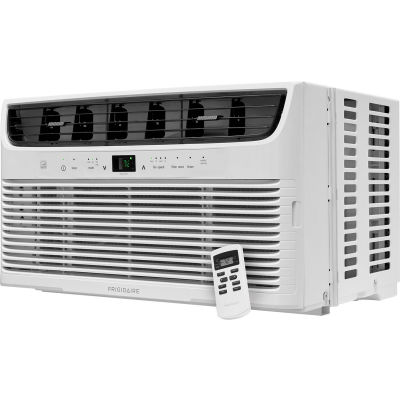
So what’s the difference between cool vs. It works similarly to the cooling mode, but detects temperature differently. Essentially, the purpose of the “dry” function mode is to reduce the excess humidity or moisture in the air, and the cooling effect comes from the removal of that excess moisture. Your unit’s various air conditioning modes are there for a reason-they cater for a range of weather conditions, whether hot, cold, humid, and dry. Just as the temperature changes from season to season, so does the humidity. It can be activated with a single touch of a button or in many modern systems through home automation and smart devices. The cool mode is usually represented as a snowflake icon on a unit’s remote, and the dry mode as a water drop. When it comes to their effect on temperature, they don’t feel notably different, but they are distinctive in terms of their function. The “dry” mode setting on an air conditioning unit is often confused with “cool” mode. If humidity levels are high and the temperature isn’t too hot, dry mode in AC is an ideal solution in both ducted and reverse cycle air conditioners.



All units have different settings, and using the right one at the right time can increase its efficiency, save money on your electricity bills, and guarantee a comfortable home environment all year round. Our first reaction is usually to turn on our air conditioner’s “cool” setting, assuming it’s the most appropriate way to cool us down.īut it’s not your only option. In Australia, humidity levels can constantly change, leaving us sweaty and miserable.


 0 kommentar(er)
0 kommentar(er)
